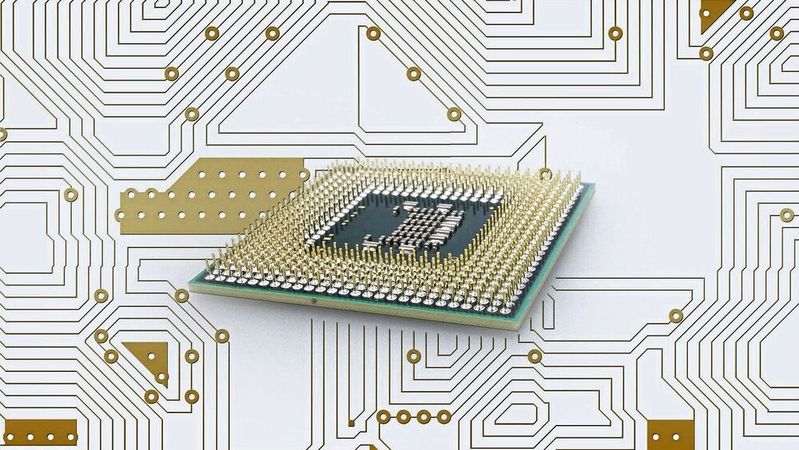In today’s digitally driven and hyper-connected world, the demand for agile and effective fraud detection has never been more urgent. As financial transactions occur in milliseconds across global platforms, traditional after-the-fact fraud detection methods are no longer sufficient. Real-time fraud detection has emerged as a transformative solution—acting as a vigilant guardian that protects financial assets the moment a threat arises. In this article, we explore the significance of real-time fraud detection and its critical role in modern financial security.
The Rising Complexity of Financial Crimes
Fraudulent activity has evolved, becoming more sophisticated and harder to detect. Cybercriminals now exploit weaknesses in digital systems through credit card fraud, identity theft, phishing attacks, and social engineering. Detecting and neutralizing these threats in real time is now an essential capability for financial institutions, businesses, and consumers alike.
What Is Real-Time Fraud Detection?
Real-time fraud detection involves the instant and continuous monitoring of transactions to identify and stop suspicious activity as it happens. Unlike traditional batch-processing systems, which review transactions retrospectively, real-time systems operate with immediacy and precision—allowing for instant threat mitigation.
Key Features of Real-Time Fraud Detection
-
Instant Analysis and Response
Transactions are analyzed in real time, enabling immediate responses to potentially fraudulent activity. This reduces financial loss and operational disruption. -
24/7 Continuous Monitoring
Real-time systems operate around the clock, every day of the year. They monitor every transaction without downtime, ensuring constant protection. -
Customizable Rules and Alerts
These systems allow institutions to configure specific triggers, such as unusual transaction locations, high-value payments, or erratic spending behavior. This flexibility enhances targeted fraud prevention. -
AI and Machine Learning Integration
By leveraging artificial intelligence, real-time systems learn from historical data and adapt to emerging fraud patterns. Over time, they improve their accuracy and responsiveness, reducing false positives and increasing trust. -
Contextual Decision-Making
Real-time detection tools often incorporate data enrichment processes—adding context such as device information, location history, and user behavior. This enhances decision-making and helps differentiate between legitimate and fraudulent transactions. -
Rapid Action Capabilities
Once suspicious activity is flagged, real-time systems enable immediate action, such as blocking a transaction or freezing an account. This agility prevents potential damage and protects both the institution and the customer.
Addressing Challenges
While the benefits of real-time fraud detection are clear, implementation is not without challenges. Striking the right balance between rapid intervention and avoiding false positives is crucial to maintaining customer satisfaction. Data privacy and regulatory compliance must also be carefully managed, especially when handling sensitive financial and personal data.
Looking Ahead: The Future of Real-Time Fraud Detection
The future of real-time fraud detection is bright. Continued advancements in AI, machine learning, and predictive analytics will drive the development of more accurate and efficient systems. Blockchain integration and increased collaboration between financial institutions will further strengthen defenses, enabling secure and transparent transaction validation.
Conclusion: A Modern Shield for the Digital Age
Real-time fraud detection is more than just a technological innovation—it’s a financial shield in a world where every second matters. As threats continue to evolve, real-time systems offer the speed, intelligence, and adaptability needed to stay one step ahead. By providing continuous protection and enabling instant response, real-time fraud detection helps preserve trust, reduce losses, and secure the integrity of our financial systems in the digital age.


